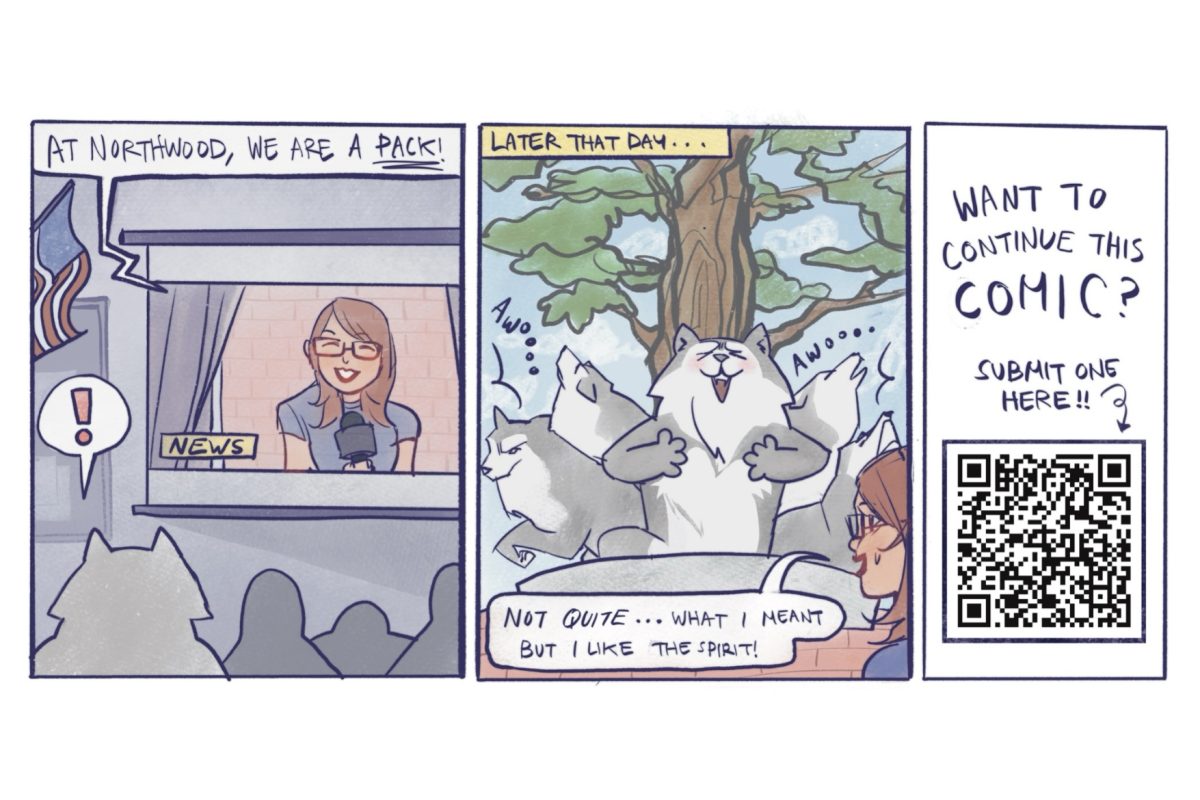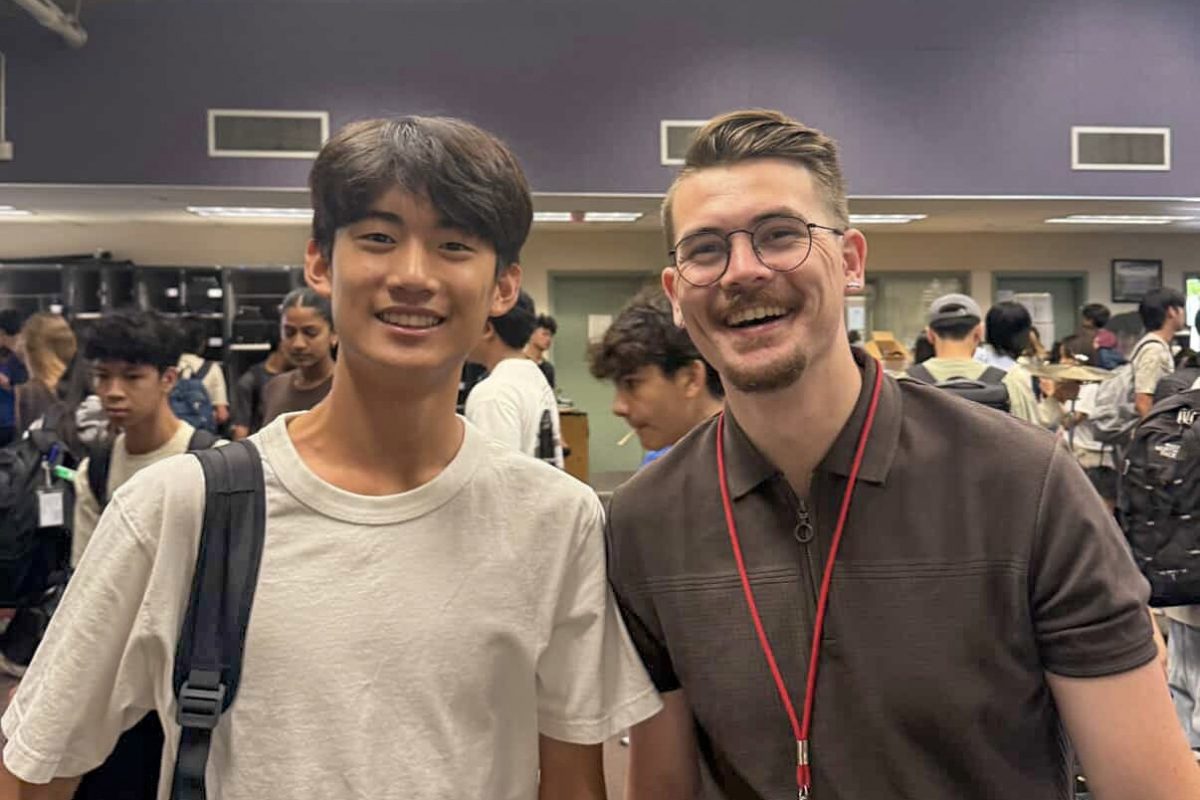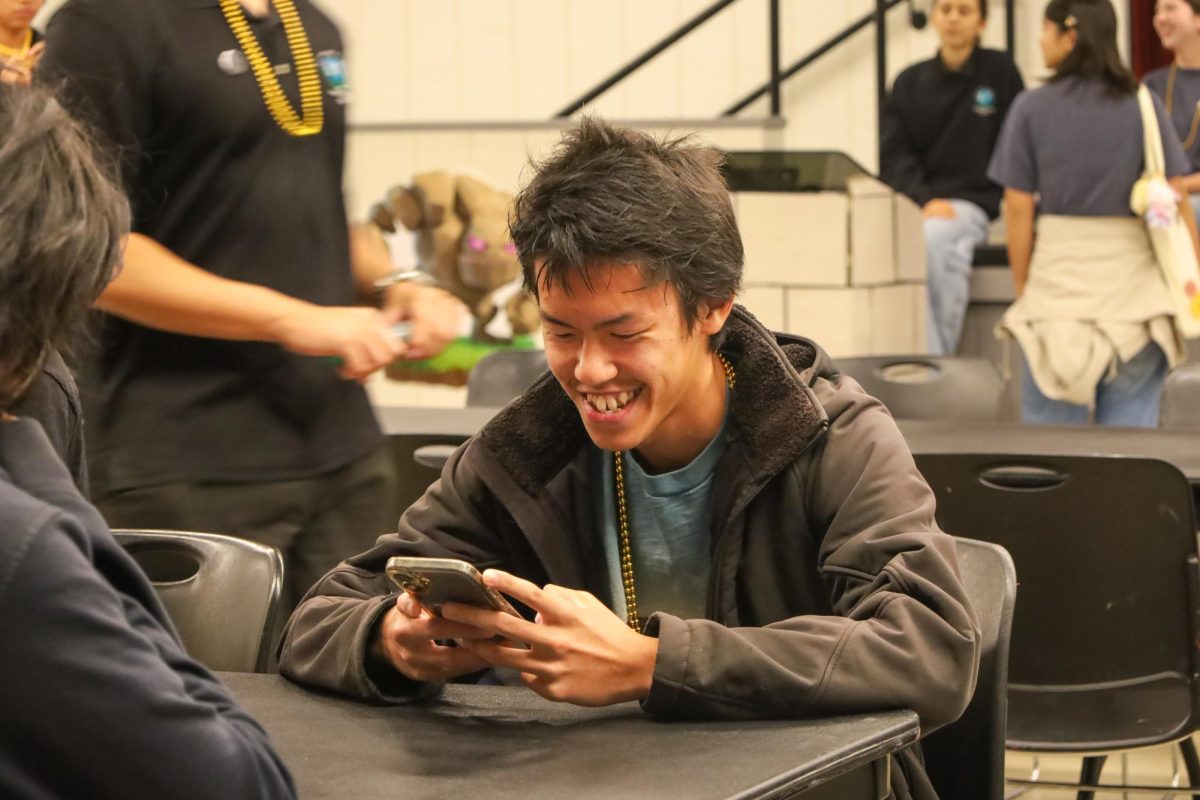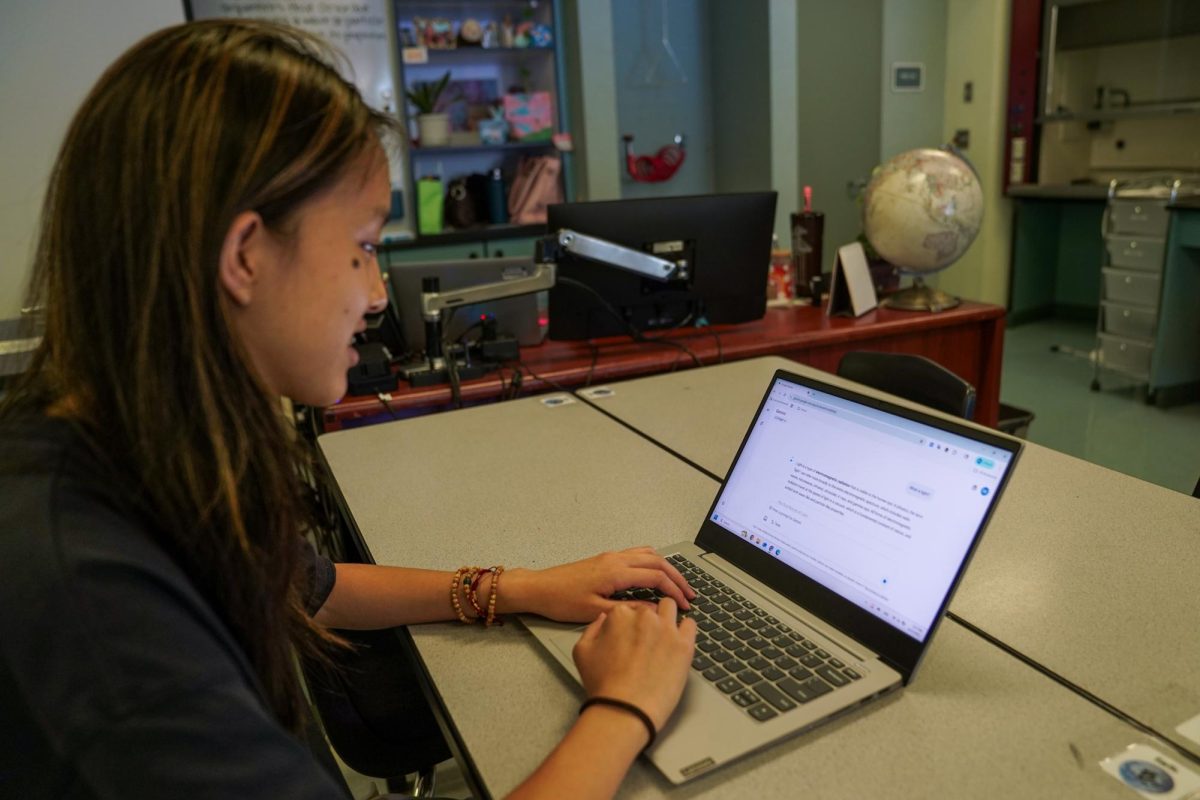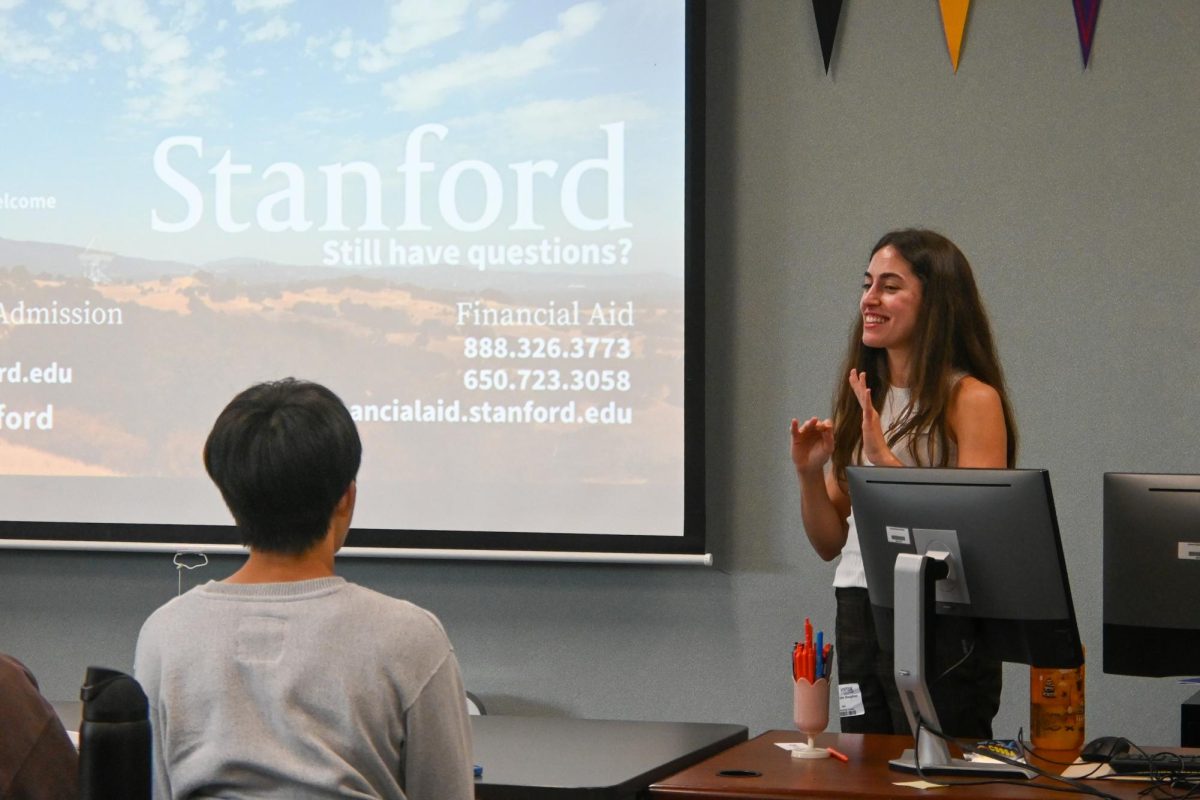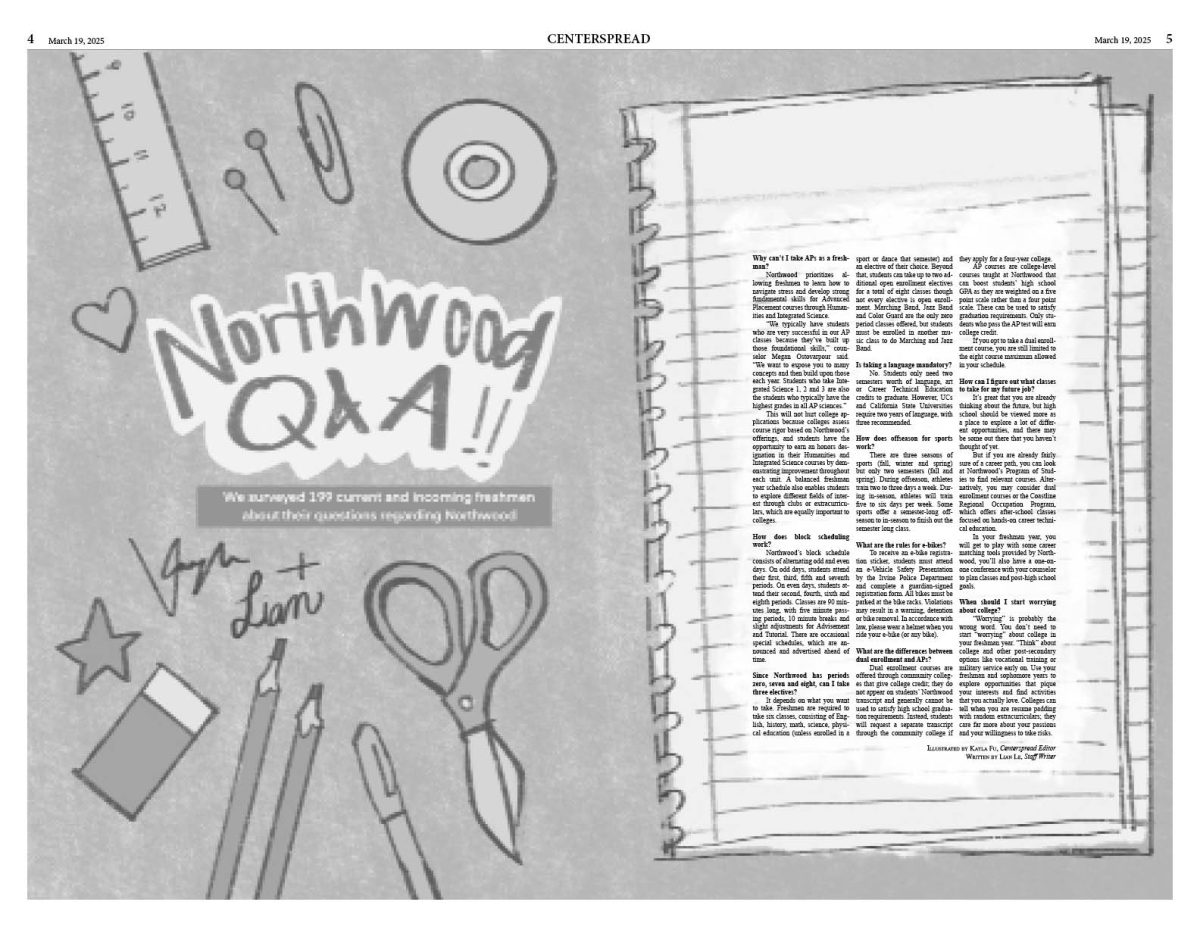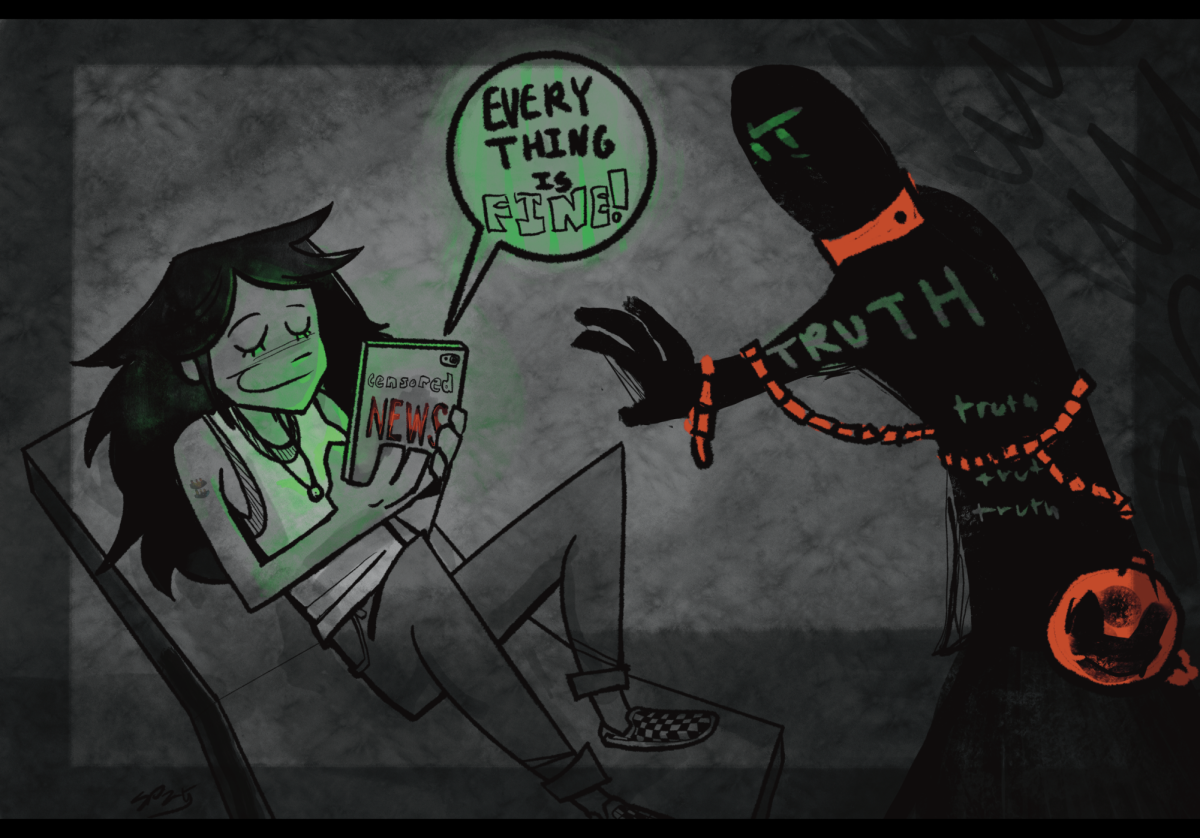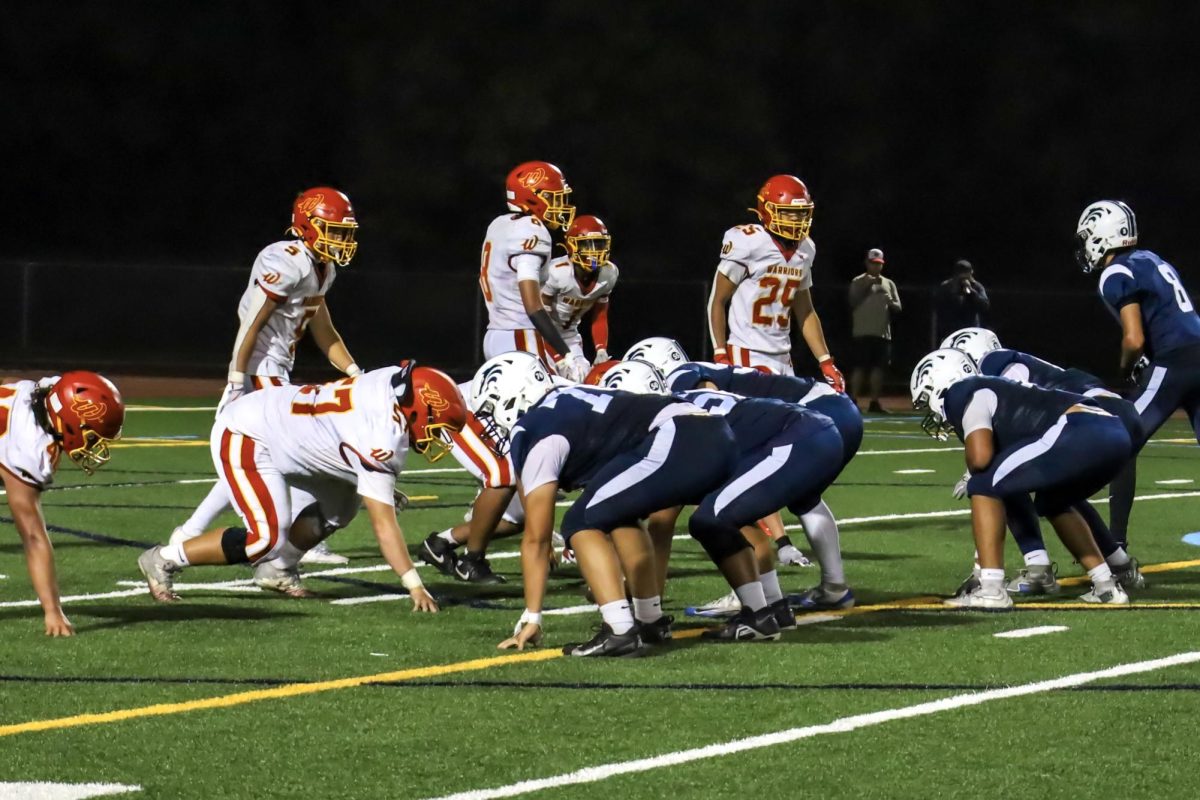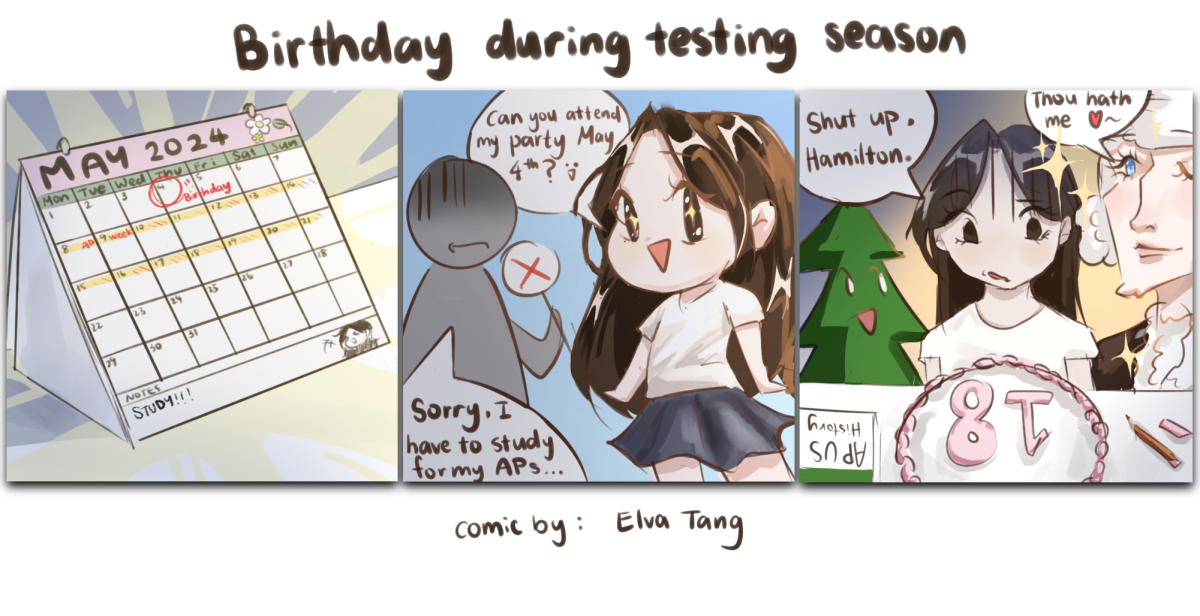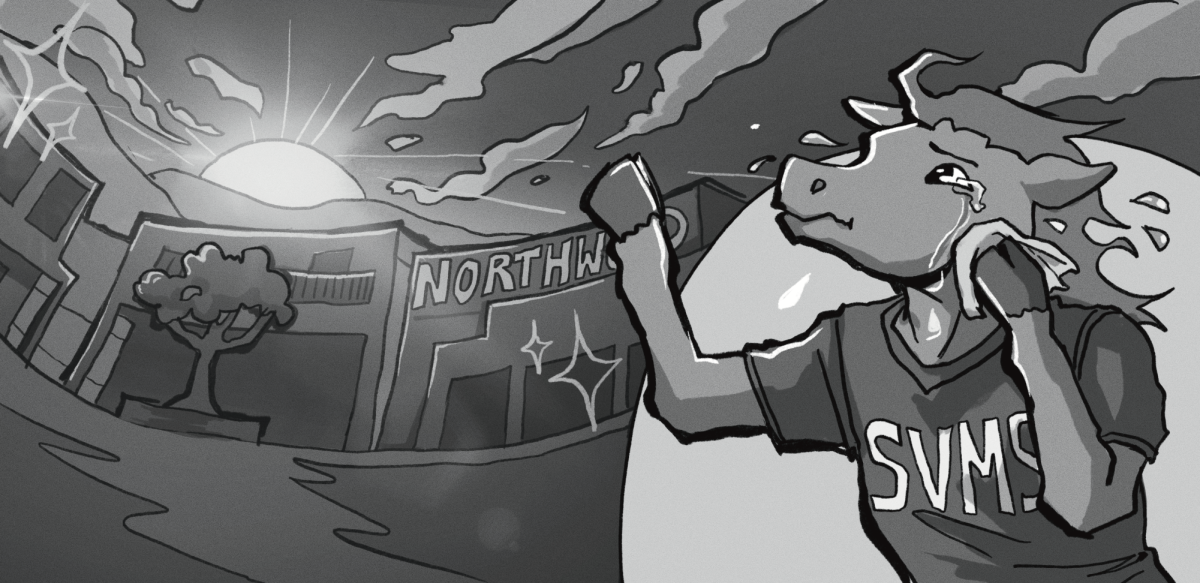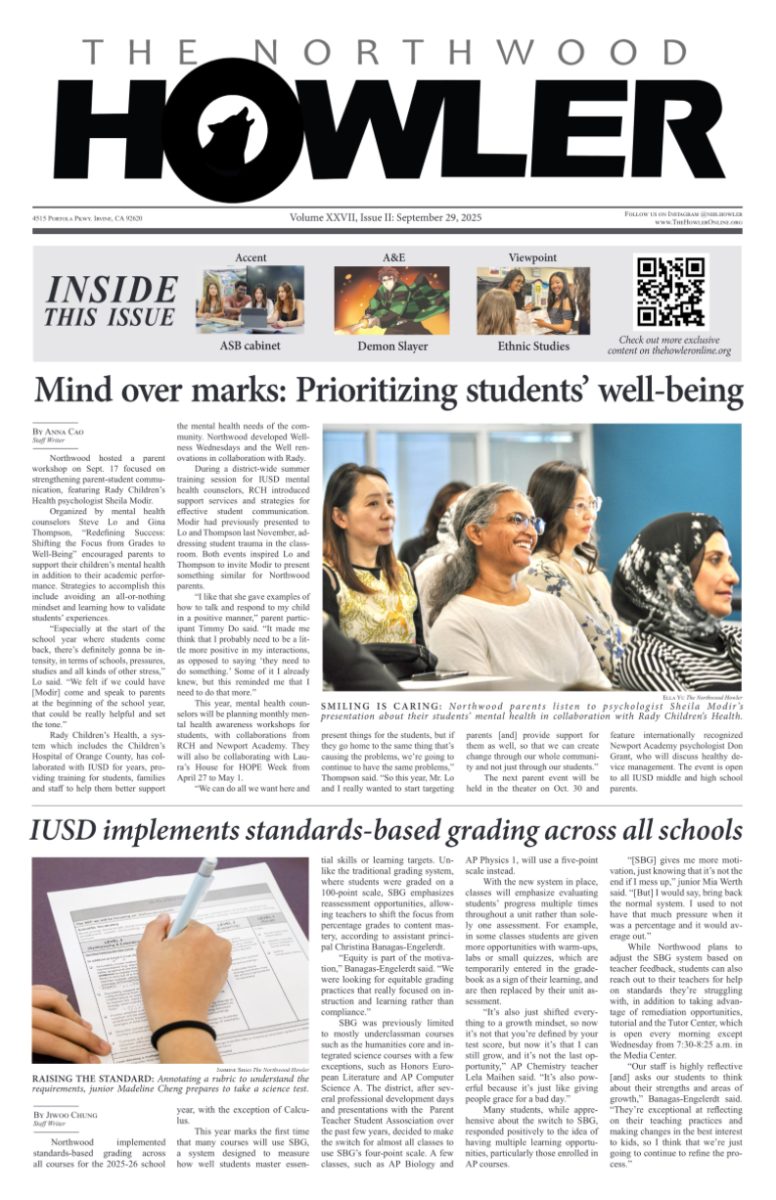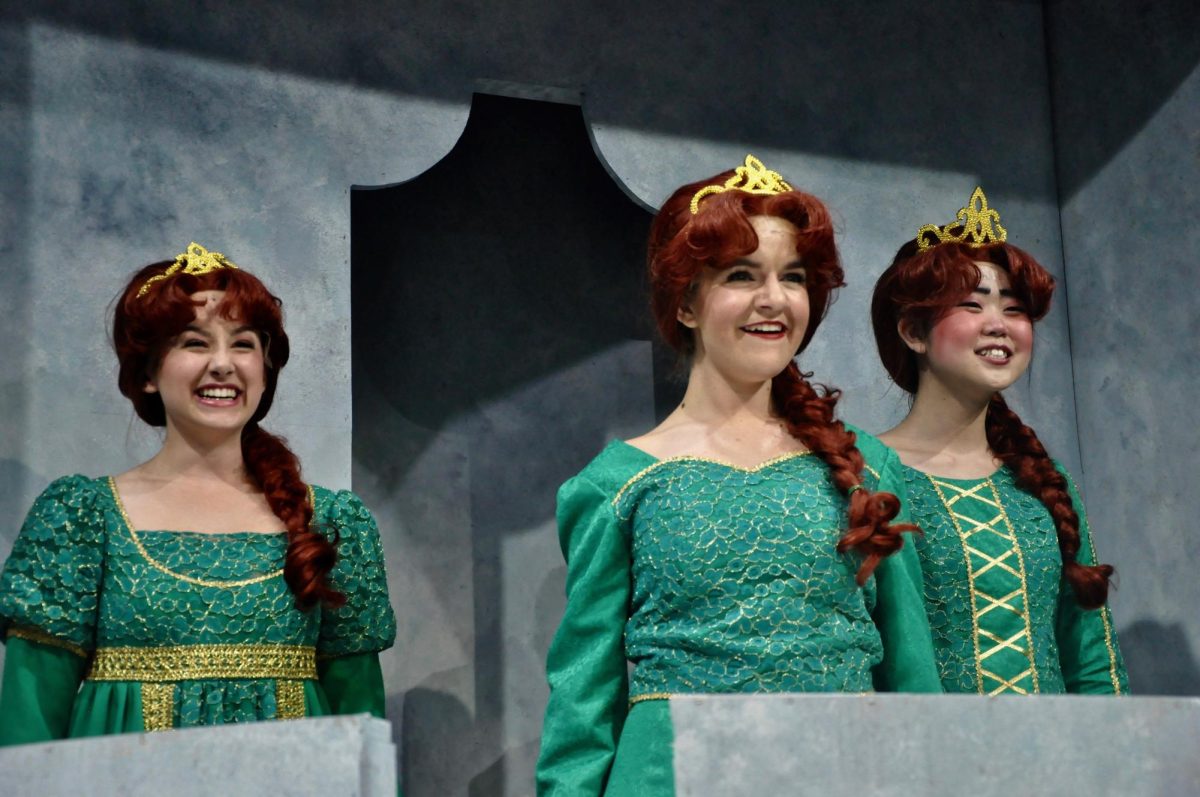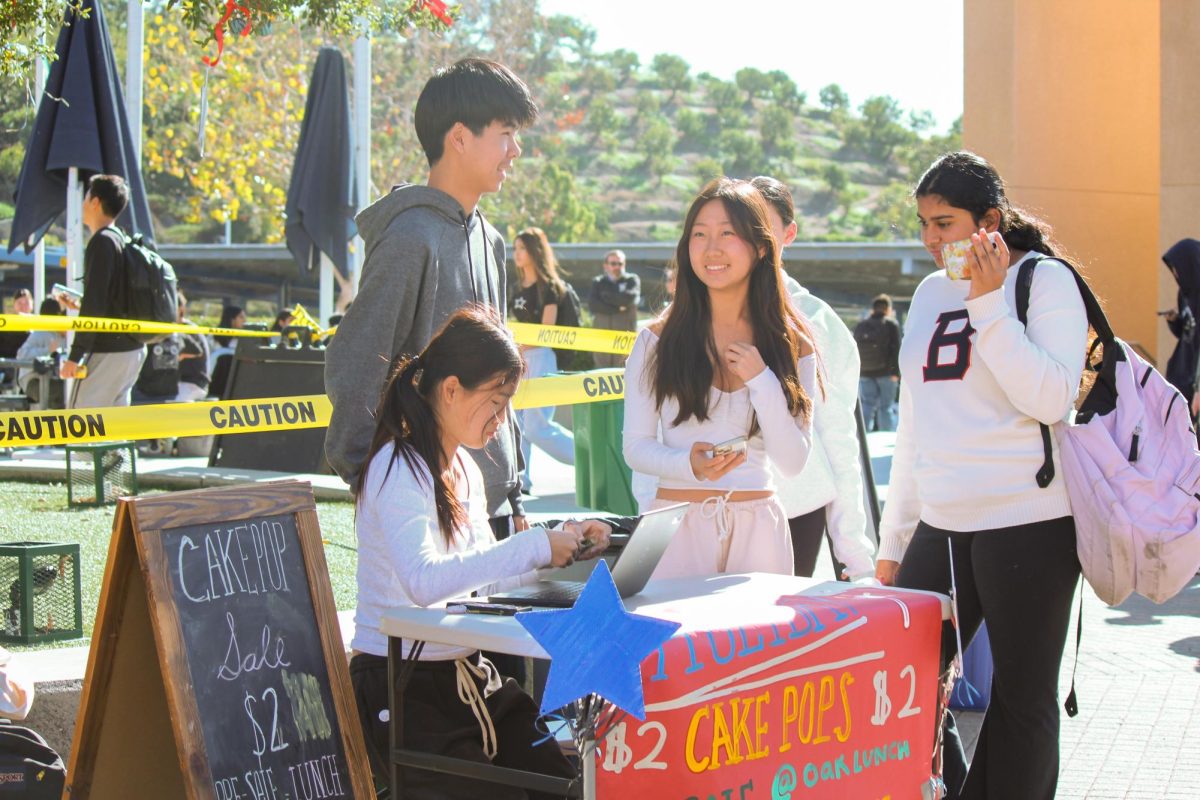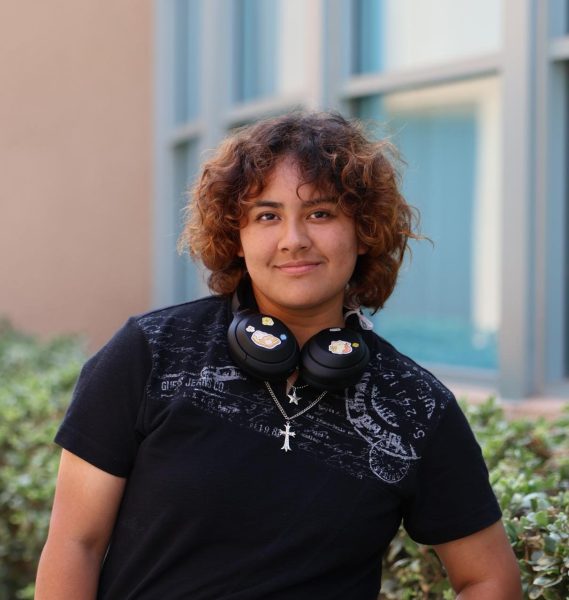As winter arrives, festive Christmas decor fills store windows and familiar holiday songs echo everywhere. However, while festive cheer may seem harmless, the lack of recognition for other cultural winter holidays can reinforce a Eurocentric mindset and decrease attention to marginalized communities. To avoid this, it is essential to recognize the cultural aspects of other holidays during this season rather than focusing solely on Christmas.
Christmas, first celebrated in 336 C.E., originated as a Christian holiday to commemorate the birth of Jesus Christ. Today, nine in 10 Americans celebrate Christmas, incorporating Christian symbols like Santa Claus (derived from Saint Nicholas), the star (shone on the night of Jesus’s birth) and holly (Jesus’ crown of thorns).
While there’s nothing wrong with the religious images associated with Christmas, focusing solely on these cultural themes often ignores other holidays. Examples of these other winter holidays include Hanukkah, a Jewish festival celebrating the recovery of Jerusalem, Kwanzaa, an African American cultural commemoration celebrated with a communal feast known as Karamu and Bodhi Day, a day dedicated to the day Gautama Buddha achieved enlightenment.
The dominance of Eurocentric traditions in holiday celebrations can unintentionally marginalize other cultural practices, ultimately contributing to an already growing erasure. By overlooking these holidays, it can feel like their identity or culture is being invalidated and ignored.
“I feel like understanding the significance of holidays, not just celebrating them meaninglessly is where appreciation really begins,” junior Adiv Yair said. “I mainly celebrate Hanukkah. It lasts for eight nights, and we light the menorah every day. When we understand the holy days of other religions is when true cultural understanding can blossom, and we have so much to learn from other religious teachings.”
Incorporating cultural aspects of other holidays does not equate to the erasure of Christmas. Multiple holidays can coexist with equal amounts of recognition.
Motifs of other holidays, such as a dreidel and menorah for Hanukkah, or the Umoja symbol for Kwanzaa, can be incorporated into displays and greeting cards. When offering others festive greetings during the holiday season, try neutral phrases such as “Happy Holidays!” instead of automatically assuming that they celebrate Christmas.
Subtly recognizing lesser-known holidays creates space for all cultures, fostering belonging and cultural pride. It also dismantles multiple millennia worth of normalizing a heavily Eurocentric perspective regarding the holiday season, along with educating the general public about the different holidays that exist. The holiday season has always been centered around values such as community and giving back, so being able to accept and embrace other holidays is all the more important.


